What Are Flashbacks? (Definition and Examples)
Do you know what a flashback is and how to use one?
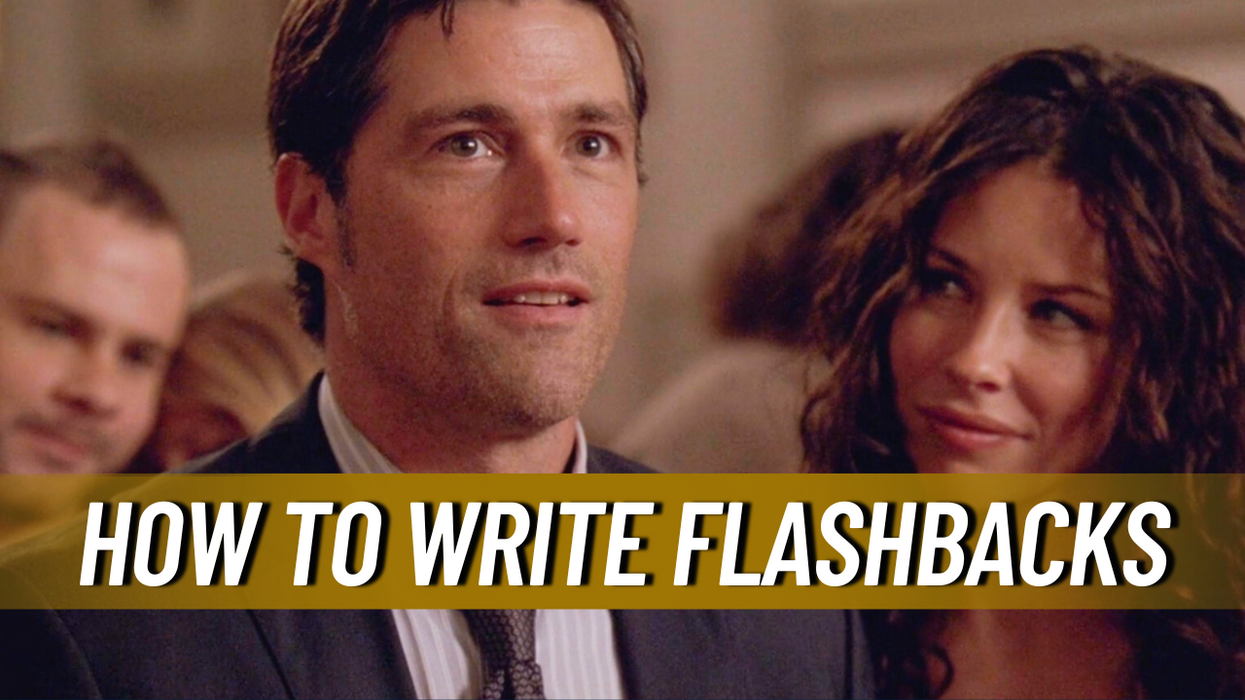
Are you a fan of non-linear narratives? When they're included in film and television, writers frequently use flashbacks to get their point across. Flashbacks are a hot-button issue in the screenwriting community. There are some writers who love them and some who hate them. Some say it's against the rules even to use them!
Remember, all screenwriting rules are myths. Flashbacks rely on subjectivity in the story and from the writer. And there's a real art to using them well.
But what is a flashback? And how does this literary device affect the overall story?
Today, we're going to define flashbacks, show some examples in film and TV, and go over how writers and directors can effectively use flashbacks in their work.
Ready? Let's cut back in time together!
Flashback Definition
A flashback is a plot device involving the breaking of a forward-moving narrative to show something that occurred in a character's past that has affected their future.
Flashbacks come in two types. An internal flashback takes place within the main timespan of the story. An external flashback takes place outside of its main timeline.
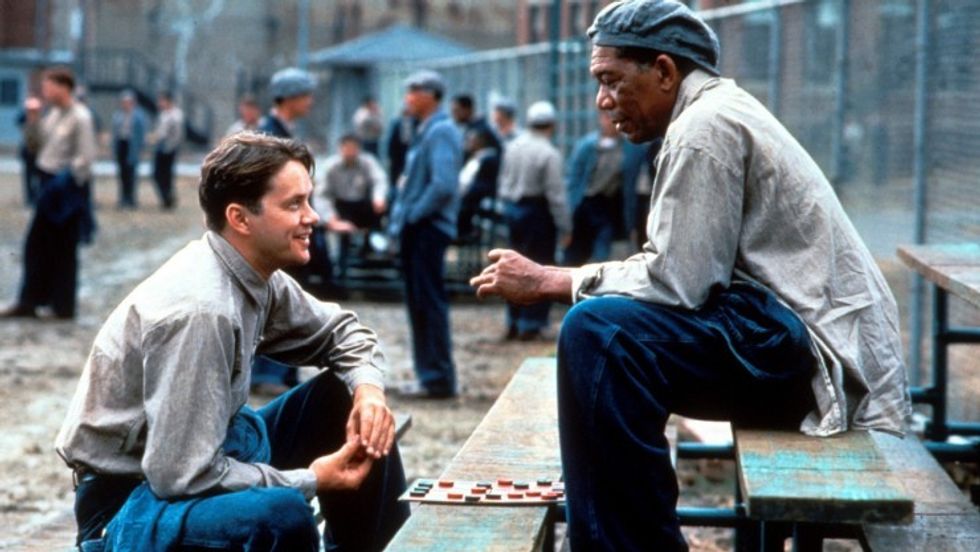
Why Do Writers Use Flashbacks?
The best flashbacks create mystery, raise the stakes, and clarify themes and meaning within the movie or episode.
Bad flashbacks can slow the narrative down or tell the audience exposition they already know and do not care about within the story.
Can You Distinguish Your Flashbacks?
Movies like Memento use black and white for flashbacks. A TV show like Better Call Saul actually does the future in black and white and the past in color.
You can do certain match cuts or editing transitions to help the audience learn they're traveling back in time, like a ripple effect or a certain musical cue. There are movies like The Irishman who use bookends to the story to contain flashbacks inside them.
There are many different ways you can do this inside a screenplay.
How to Write Flashbacks in Screenplays
There's actually no rule that says how you have to write flashbacks in screenplays. You can add the word FLASHBACK to your slugline before INT/EXT or you can say BEGIN FLASHBACK: before you jump into a scene and write END FLASHBACK when it ends. In the aforementioned The Irishman screenplay, each flashback is denoted by a year, e.g. 1950s or 1975, to let you know where we are in time. But the screenplay is written seamlessly so it flows directly through the narrative.
No matter what, just make sure the reader understands when we are and why those scenes are in the story.
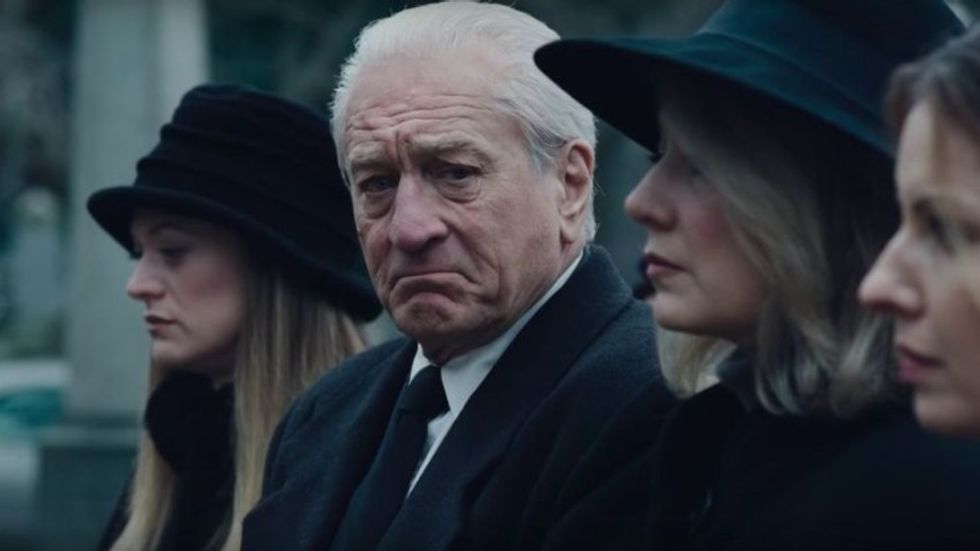
Flashbacks in Film—A Guide for Writers and Directors
When I was a script reader, I hated flashbacks. The worst of these feel incredibly forced and always cheat the audience. The best flashbacks have some bearing on the story in the present and don’t feel like a gimmick. If you’re using flashbacks as a plot device, make sure they are necessary and that the information you’re going to flashback to has clear setups in the pages of the script beforehand, so this information doesn’t feel shoe-horned into the story.
Remember, the best plot devices add another layer, and those flashbacks deepen the project’s meaning and ability to connect with the audience.
In order to use flashbacks effectively, you need to concentrate on how they make the story deeper and feel more engaging for the audience. The best way to understand is to look at a few examples from film and television to see what I mean.
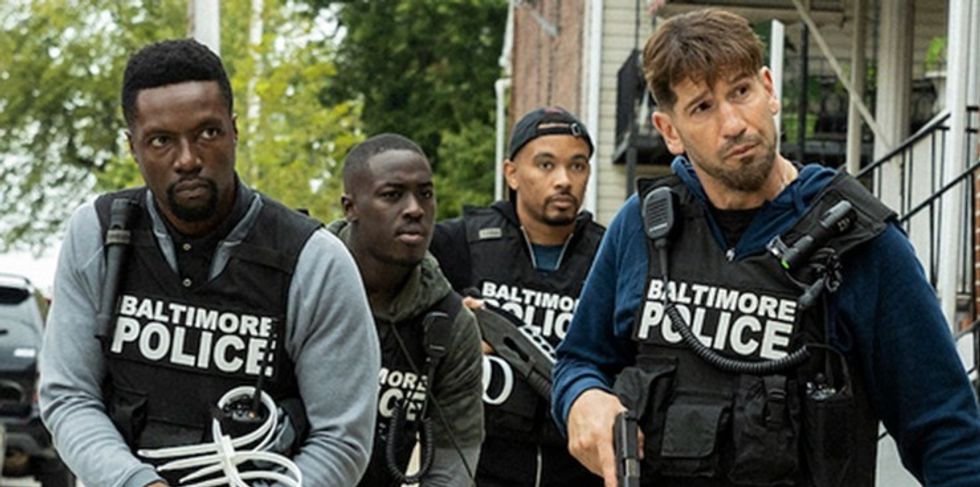
Flashback Examples in Film and TV Shows
We all know the greatest flashbacks of all time were on the television show, LOST. That show built the entire series on flashbacks. It was an incredible way to contextualize the present on the show and change our perception of each character.
Subtle flashbacks are present in a lot of mystery movies. They’re used for the reveals in The Sixth Sense, Shawshank Redemption, and Usual Suspects. Those flashbacks are mostly scenes that are used to reveal a new detail.
In television, we have shows like This Is Us and We Own This City, which are built on flashing between different time periods. They don't have dates and times, but each scene styles the characters differently so we can see how much time has changed between eras and that we are in different parts of their lives.
Movies do this too, with stuff like The Godfather Part II cutting between time periods as we see how the future has been affected by the past.
One of the most famous of all time is from Citizen Kane, where we learn that Charles Foster Kane was adopted and taken from his home, where he liked to sled. And then we later learn that his sled was named Rosebud.
The most important lesson here is that these examples use flashbacks to tell us another layer to their story.
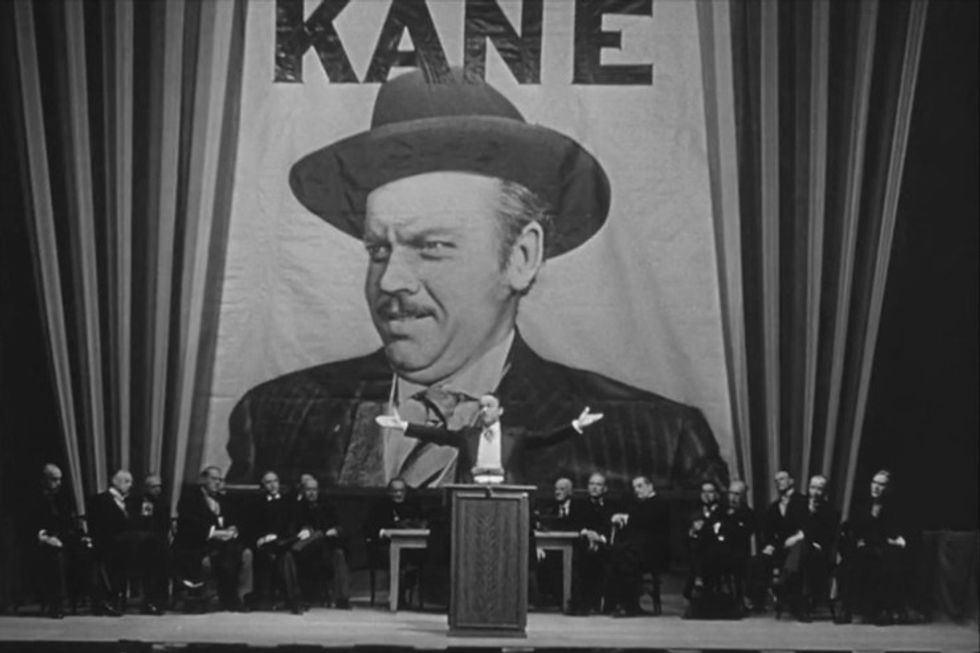
Summing Up Flashbacks in Film
Did you learn everything you wanted to about writing flashbacks? It's not an easy thing, but you can really make your screenplay or story sing with the use of flashbacks. If you nail them, you can stand out from the crowd and feed your audience information in new and inventive ways. Make sure you're only writing them to foster a deeper connection and to give context to what's happening in the future.
Got any tips, tricks, or comments? Let me know down below!
Go get writing!
- How Your Favorite Filmmakers Use Match Cuts to Tell Stories ›
- What Is In Medias Res? (Definition and Examples) ›
- What is a Plot Device? ›











